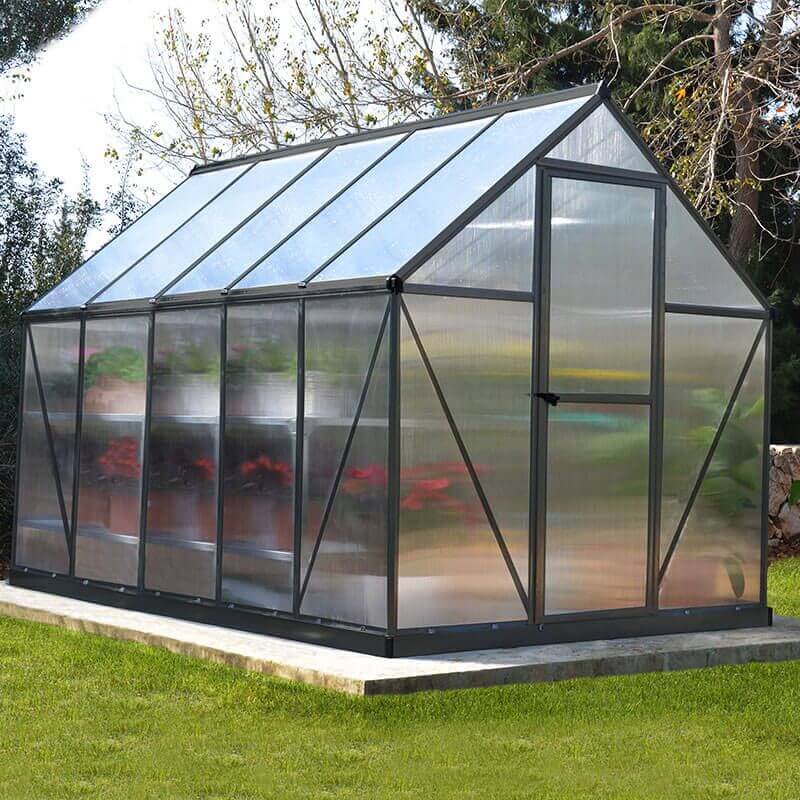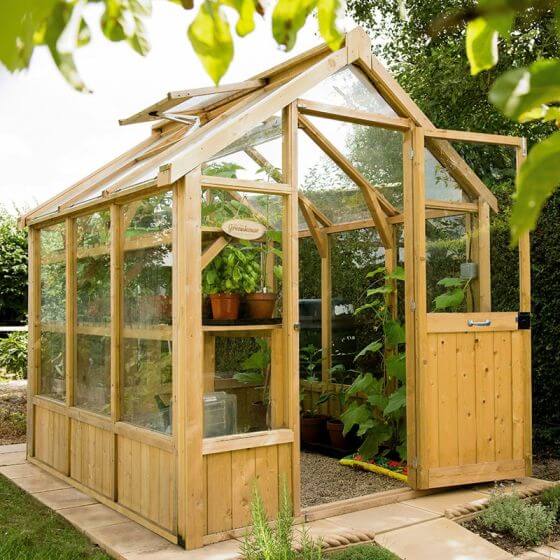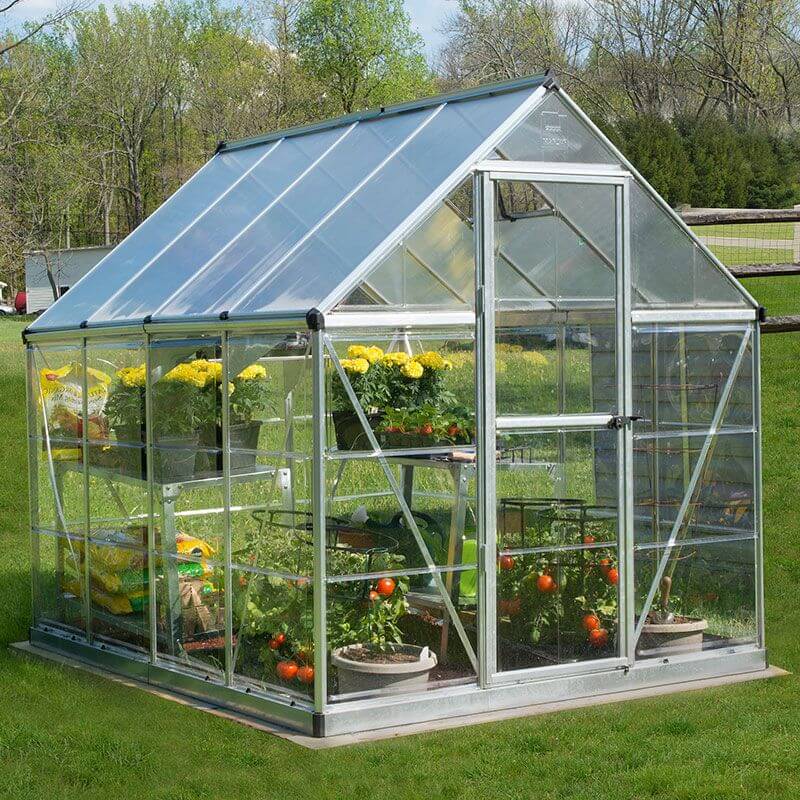
Selecting the ideal greenhouse base is an important decision for any gardener. The choice influences stability, drainage, insulation, and longevity. In this guide, we explore various greenhouse base ideas and foundation options, helping you determine which one best suits your gardening needs and environment.
What is the importance of a solid and well-laid greenhouse base?
Any long-lasting greenhouse construction is built on a solid greenhouse base. Without a strong foundation on which to build, your greenhouse will probably run into issue after issue, so it is critical that your base is perfectly prepared.
Listed below are seven reasons why a greenhouse base is so important:
1) Durability - favour greenhouse base options which are exceptionally durable. A concrete foundation for example is desirable as these are durable in the long term and reduce maintenance costs
2) Enhanced insulation - invest in a high-quality base to ensure insulation in your greenhouse works effectively. This reduces heat loss and is also energy-efficient
3) Greenhouse foundation stability - the greenhouse base must be entirely stable, and it must not be capable of moving or being tilted. Any movement or play will damage the greenhouse’s structural integrity over a period
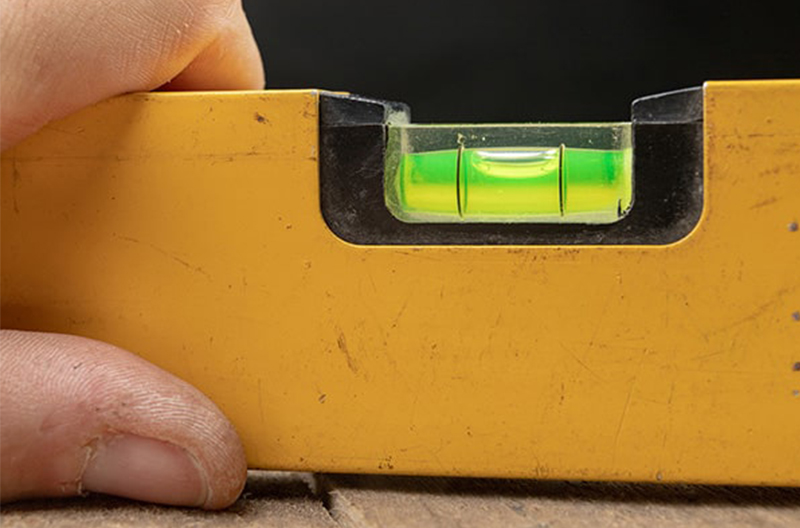

4) Level surface - it is essential to have a level and even base for your greenhouse, this is even if your greenhouse is positioned on a slope. This will ensure that heat and sunlight are evenly distributed across the greenhouse
5) Optimal drainage - any self-respecting greenhouse base will provide efficient drainage. This prevents excessive moisture buildup, ensures healthy plant growth and in particular stops root rot
6) Pest Control - protect your crops from ants, mice, rabbits, rats, and slugs with a seal-tight greenhouse base, which prevents burrowing
7) Protection against weather - greenhouse bases need to offer good protection from the weather. A well-built base will protect from groundwater penetration, irrespective of the weather and climate
Greenhouse foundation options for the UK climate
The greenhouse foundation options below are tailored to the specific challenges and conditions of the UK climate, ensuring that your greenhouse remains resilient and functional in all seasons.
Concrete base
A solid concrete base offers stability, and rain-resistance and protects against burrowing rodents. Buying a concrete greenhouse base is a long-term solution and will protect your greenhouse for many years to come.
Raised gravel base
Greenhouses in the UK can often become waterlogged due to the amount of rain. A raised gravel base is an excellent solution to prevent waterlogged soil around the greenhouse base.
Timber frame base with insulation
Opting for a timber frame base with insulation is a great idea for maintaining a consistent temperature. We also recommend using foam boards or bubble wrap as high-quality insulation, which will retain the heat and will also prevent frost damage.
Recycled plastic base
Choosing a recycled plastic base is an eco-conscious option. Look into recycled plastic grid systems that offer excellent support, promote soil drainage, and align with sustainability practices.
Resin base
Finally, a resin base for a greenhouse is a durable and low-maintenance option. Resin is a synthetic material, which is resistant to both moisture and rot, this makes it an ideal choice for a greenhouse foundation. It also helps with water drainage and keeps the greenhouse stable. View an example of a resin base available to buy from us.
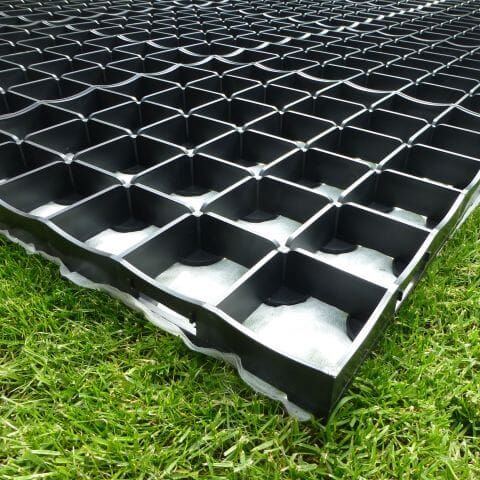

The choice of a greenhouse base significantly affects its functionality, stability, and durability. Here are some tips to guide your decision:
Assess drainage needs
It is important to make sure that the base of your greenhouse has adequate drainage to prevent water from building up around it. By doing so, problems like root rot and structural damage are avoided.
Assess the environmental impact
If sustainability and the environment are important to you, investigate eco-friendly base options, such as recycled materials or permeable pavers that have a low impact on the environment.
Budget wisely
Be sure to account for both the cost of the base and the greenhouse's actual construction costs. Consider the cost in relation to performance and durability while making base choices.
Consider insulation carefully
If you want to use your greenhouse all year long, consider a base with strong insulation qualities. This assists in regulating temperatures and lowering heating costs.
Consider your location
Consider the temperature variations, rainfall patterns, and wind conditions and evaluate your local climate. Make sure the base you choose is appropriate for use in the UK.
Ease of access
Plan for accessibility by considering how you will enter your greenhouse. If you need to move large plants or equipment, a well-designed base should make entry and exit simple.
Evaluate material options
Evaluate different bases, such as concrete, gravel, wood, or recycled plastic. Choose a material that meets your needs and design preferences since each material has a unique combination of advantages and disadvantages.
Pest control
Pests can be discouraged from digging tunnels into your greenhouse by using specific base options, like concrete or raised beds. If there are known pest problems in your neighbourhood, consider this crucial.
Seek professional advice
If you are unsure of the best greenhouse base, seek guidance from specialists in greenhouse construction.
Prioritise stability
To sustain the greenhouse's weight and prevent shifting or settling, the base must provide a stable foundation. For long-term stability, a firm and level foundation is essential.
Think long-term
Greenhouses are typically long-term investments. Choose a base that will last as long as your greenhouse. Durable materials like concrete or pressure-treated wood may be worth the initial investment.
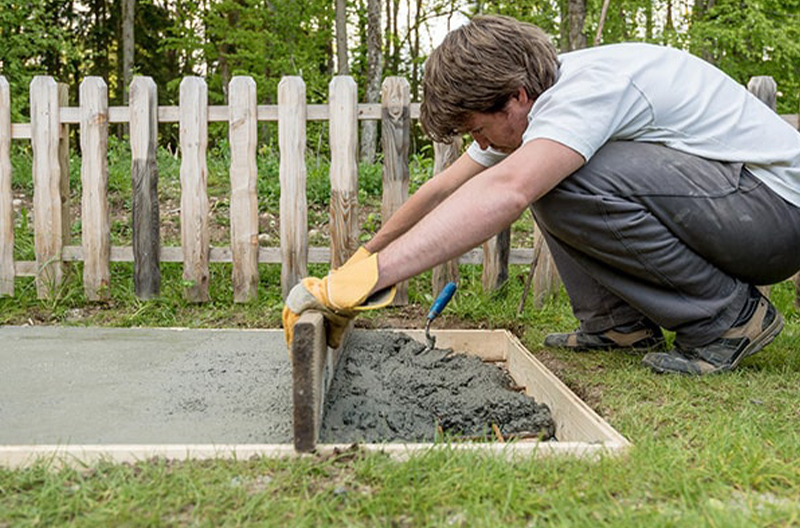

Other greenhouse base ideas
We have listed the main greenhouse base ideas above, but all or any of the ideas below would also be worth consideration. Which might work for you depends upon your own circumstances. These ideas all have their own merits, so choose one, which meets your budgetary and functionality needs.
Concrete blocks
Starting as a cement mixture, concrete blocks will keep a greenhouse base steady and firm. They can be arranged in various ways to fit your greenhouse dimensions and will ensure a solid base foundation.
Crushed stone or ground-up rocks
Consider using crushed stone or ground-up rocks to provide a stable surface for your greenhouse base. This option gives high-quality drainage with a rustic feel and is a cost-effective choice.
Metal or aluminium frame with gravel fill
Making a frame out of metal or aluminium and filling it with gravel is a lightweight yet sturdy option. It drains well and works nicely for smaller or temporary greenhouses.
Sand base
People often combine sand with gravel or bricks to keep things sturdy.
As an add-on, extra sand can be added to the base mixture to aid with drainage. This helps ensure that the soil does not get too soggy. Sand is often added to gravel and bricks to form a secure and sturdy foundation.
Weed membrane or tough plastic sheets
This is not a long-term greenhouse base solution. This should only be used as a quick and temporary measure, perhaps if you are looking for a short-term greenhouse base. Use a weed membrane to keep out the weeds and allow water drainage. Additionally, tough plastic sheets will achieve a similar result.
Key takeaways
To conclude a greenhouse base is essential for the durability, stability, and protection of greenhouse plants. Consider your requirements carefully when buying a best base for a greenhouse. Requirements might include your available budget and your requirements for insulation, drainage, and pest control. The most popular greenhouse base options include a concrete base, raised gravel base, timber frame base with insulation and recycled plastic base.
We provided numerous tips for selecting the best base. These included assessing drainage needs, considering the environmental impact, budgeting wisely, evaluating insulation, location suitability, ease of access, material options, pest control, seeking professional advice, prioritising stability, and thinking long-term.
Other potential greenhouse base ideas to consider include concrete blocks, crushed stone or ground-up rocks, metal or aluminium frames with gravel, sand bases, weed membranes, and tough plastic sheets.
Contact us
We hope you enjoyed our article about greenhouse base ideas. Why not buy a greenhouse base from the extensive range available at Buy Sheds Direct? Contact us in the following ways:
- Call 0333 003 0514
- Contact us by e-mail using our contact page
- Chat online through our live chat app

